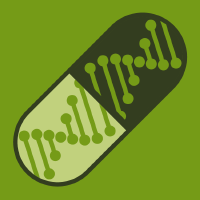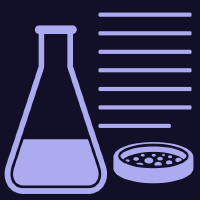Topic Menu
► Topic MenuTopic Editors

2. St. Elisabeth Hospital, Tilburg, The Netherlands
Global Analysis of SARS-CoV-2 Serology
Topic Information
Dear Colleagues,
The outbreak of SARS-CoV-2 in late 2019 caused a pandemic, currently in its third wave, with a huge medical, societal, and economic impact. Based on detailed knowledge of the viral genome and the major proteins of the virus, molecular and serological assays have been rapidly developed. A wide range of serological assays (both in-house as well as commercial) for SARS-CoV-2 by now have been validated and implemented. These have been instrumental for diagnostics and for monitoring the course and severity of COVID-19. For now and in the future, (functional) serological assays will (also) be important to monitor vaccine coverage against emerging variants of SARS-CoV-2. The global aspect and impact of SARS-CoV-2 serology is illustrated through the emergence of variant strains in the UK, in Brazil, in South Africa, and in India. In this Special Issue, we aim to bring together views from clinical and basic specialists around the world on the pathogen, its biology, and the vaccines. We welcome your submissions.
Keywords
- COVID-19
- SARS-CoV-2
- serology
- specificity
- sensitivity
- virus neutralization
- antibody affinity
- variant strains
- cross-reactivity
Participating Journals
| Journal Name | Impact Factor | CiteScore | Launched Year | First Decision (median) | APC |
|---|---|---|---|---|---|

Vaccines
|
7.8 | 7.0 | 2013 | 19.2 Days | CHF 2700 |

Biology
|
4.2 | 4.0 | 2012 | 18.7 Days | CHF 2700 |

Pathogens
|
3.7 | 5.1 | 2012 | 16.4 Days | CHF 2700 |

Biologics
|
- | - | 2021 | 27.7 Days | CHF 1000 |

Methods and Protocols
|
2.4 | 3.8 | 2018 | 27.9 Days | CHF 1800 |

MDPI Topics is cooperating with Preprints.org and has built a direct connection between MDPI journals and Preprints.org. Authors are encouraged to enjoy the benefits by posting a preprint at Preprints.org prior to publication:
- Immediately share your ideas ahead of publication and establish your research priority;
- Protect your idea from being stolen with this time-stamped preprint article;
- Enhance the exposure and impact of your research;
- Receive feedback from your peers in advance;
- Have it indexed in Web of Science (Preprint Citation Index), Google Scholar, Crossref, SHARE, PrePubMed, Scilit and Europe PMC.


